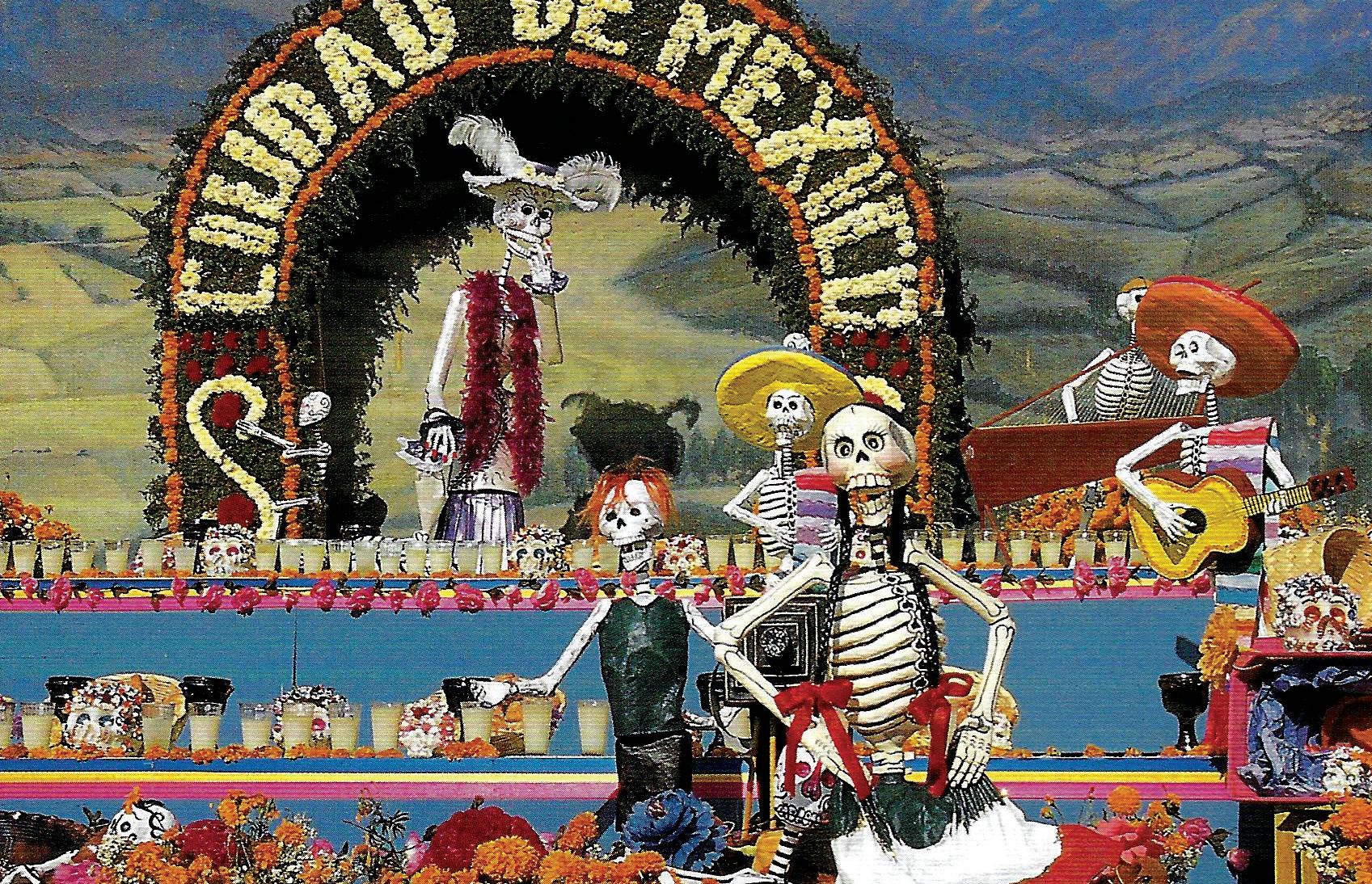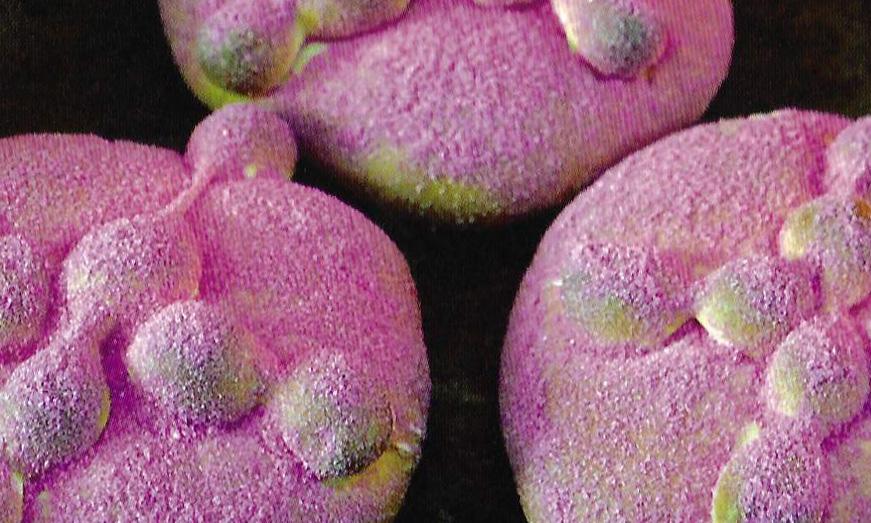
3 minute read
The Celebration: Day of the Dead Altars
Day of the Dead altars, known as ofrendas or “offerings”, consist of a collection of objects offered to the deceased to draw their memory and spirit back to earth. Altars vary in size from a small shelf or tabletop to multi-tiered installations that can take up an entire room. Levels of the altars provide a base for the offerings and echo the shape of the pre-Columbian temples, which create a wish or intention, cleanse the soul and preserve the purity of the spirit as it makes its journey to the land of the dead. correspond to the nine spiritual levels of the Aztec underworld, Mictlan. Ofrendasare personalized by the family, customized to fit the family’s needs and reflect the tradition of that region of Mexico. The following objects have been used for centuries as
Candles represent the element of fire. They light the way for the deceased to find their path back to earth. Candles are used in spiritual ceremonies in almost every religion, as they are a way to feel the spirit of the divine, and produce light or positivity through darkness. Copal incense is traditionally used to bless the altar and create a sacred space. Copal is made from tree sap, and its use dates back to pre-Columbian times. The aroma is thought to attract the spirits.
Advertisement
Salt is used as a symbol of purification. It is believed to symbolic offerings: Water or beverages represent the element of water and are meant to quench the thirst of the departed. Families usually offer the favorite drinks of the deceased as well as traditional beverages from that person’s home state, such as tequila or mezcal. Pan de muerto represents the element of earth and feeds the deceased as they arrive hungry from their journey back to earth. Pan de muerto, or “bread of the dead,” is baked only at this time of year and may be in the shape of a skeleton or bones. Families prepare the favorite dishes of the deceased, like mole or other dishes with corn, beans, and tamales.
Personal items such as photos and other mementos, let the deceased play with items they once treasured during their life on earth. Musical instruments, toys, watches, glasses, or other objects give the dead a cheerful reminder of their time on earth and provide entertainment during their visit. A bowl of water, mirror, or comb may be provided for the deceased to fix themselves up after making the long journey home. Papel picado are decorative paper banners that are an integral part of the altars. The fluttering tissue-paper cut-outs move with the slightest breeze, representing the element of air or wind. They are made with a chisel that cuts through several layers of paper at a time and hung on the altar to create decorations that remind the viewer of the impermanence of life, highlighting the fragility of the tissue paper, which will eventually disintegrate with time. Flowers are another beautiful reminder of transcience. They represent love and the cycle of life and death as they grow, die, decompose, and then give nourishment to new life. The Cempasúchil (marigold flower) is the official flower of the dead since its pungent scent and bright gold color draw souls to the altar. Its shape and color are symbolic of the sun that gives energy and light to all life. Sugar skulls are a popular offering since it marks the sweetness of life and ties back to the pre- Columbian skull motifs. Sugar skulls, are traditional candies molded into skulls and decorated with frosting. Children are often given sugar skulls with their names written on the forehead.









